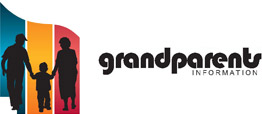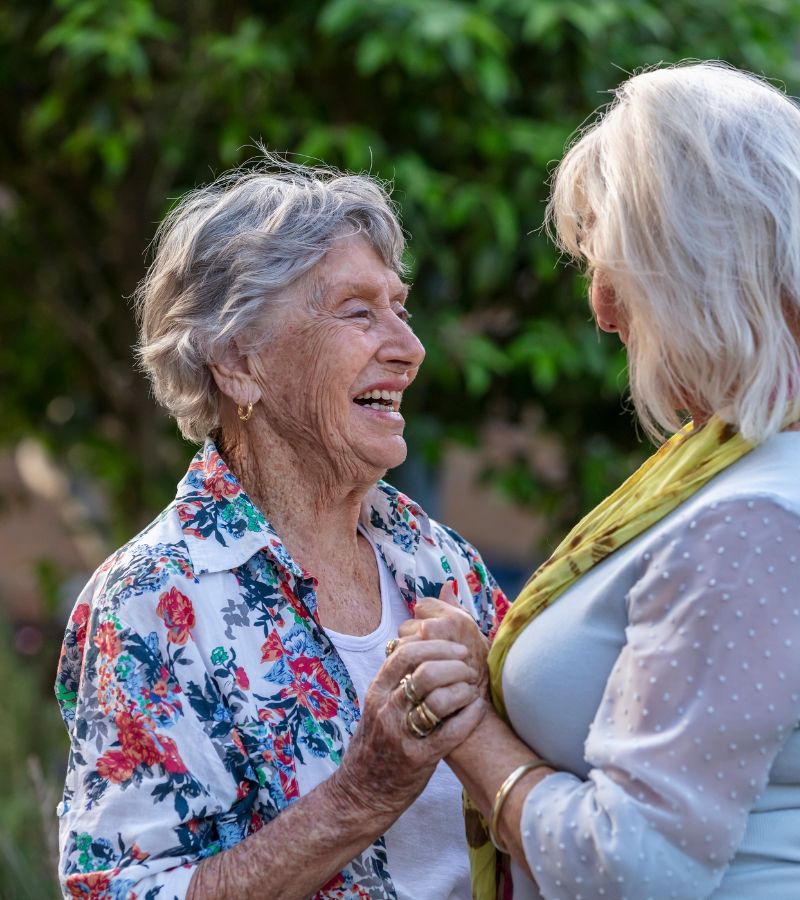

This strategy sets out our approach to elder abuse and how we aim to promote a safe and supportive environment within our retirement villages. The information provided within this document is non-exhaustive and provides an overview of elder abuse and guide for staff and residents in identifying and responding to the abuse of older people.
Our approach to a senior safe living environment
BlueCare is committed to being a senior-safe, senior-friendly organisation and will provide a safe and welcoming living environment and services for seniors living in our retirement villages.
While the priority of this strategy is to ensure the safety of seniors by identifying and responding to an incident or observation, suspicion, allegation or disclosure of abuse if it occurs, BlueCare also wants to provide an environment that reflects our understanding of the dignity of risk. This is an environment where we can interact with consumers in a natural and supportive way, build trusting relationships, and include seniors’ informed decisions and choices. This is balanced against acknowledging that older people may be vulnerable in emotional, physical, social and cognitive functional areas.
All staff have a duty to ensure the safety, welfare, and wellbeing of all consumers who access our services. Any form of abuse of consumers will not be tolerated.
All staff must ensure that they:
- Maintain high standards of conduct at all times in their interactions with consumers;
- Remain committed to each consumer’s wellbeing; and
- Act and make decisions in the interests of protecting any consumer who has been harmed, is being harmed, or is at risk of being harmed.
The UCQ Code of Conduct details conduct expected of all staff and with which all staff must comply. Any staff member who is in doubt about what constitutes inappropriate conduct should discuss this with their manager/supervisor.
All staff are expected to report breaches of the Code of Conduct. All staff and residents can play are part in minimising the risk of elder abuse by being alert of the signs and know where to get help and support.
What is Elder Abuse?
Elder abuse is defined as a single, or repeated act, or lack of appropriate action, that occurs in a relationship with an older person where there is an expectation of trust and where that action causes harm or distress to the older person.
Elder abuse is a human rights issue which violates an older person’s right to security, safety, care, wellbeing, independence, dignity and respect.
People often believe elder abuse is mainly committed by paid carers or other workers but sadly, most reported cases occur within family relationships.
There are five commonly recognised categories of abuse:
-
Financial abuse
The illegal or improper use, management or theft of an older person’s money, property or other financial resources.Examples
Threatening, coercing or forcing an older person into handing over assets, wills or power of attorney; abusing or neglecting powers of attorney and managing an older persons finances; stealing goods; using banking and financial documents without authorisation; managing a competent person’s finances without their permission or denying them access to their own money; appropriating the proceeds of property or belongings (e.g. the home); incurring bills or debt for which the older person is responsible.
Signs
Unexplained or sudden inability to pay bills; significant bank withdrawals; significant changes to wills; unexplained disappearance of possessions; lack of funds for medication, food or clothing; disparity between living conditions and money; and recent addition of a signature on a bank account.
-
Physical abuse
Intentionally inflicting pain or injury or physical coercion to an older person.Examples
Hitting, slapping & punching; pushing; restraining; misuse of prescription medications.
Signs
Injuries or bruises, sprains, dislocations and fractures, pressure sores; face lacerations, missing teeth, hair loss; signs of restraint such as wrist marks; unexplained behaviour changes suggesting fear or under-medication or over-medication.
-
Neglect
The failure of a responsible person to provide the necessities of life such as adequate food, shelter, clothing, medical or dental care to an older person. Neglect can be intentional or passive.Examples
Failing to provide the needs outlines above; cancelling support services and refusing to permit others to provide appropriate care; an overly attentive carer in the company of others; exposure to danger or lack of supervision.
Signs
Inadequate clothing; complaints of being too cold or too hot; poor personal hygiene; unkept appearance; lack of medical or dental care or injuries that have not been properly cared for; absence of required aids such as glasses, dentures, hearing aid, mobility frame; unexplained weight loss, dehydration, poor skin integrity, malnutrition.
-
Psychological / Emotional abuse
The infliction of mental stress involving actions and threats that cause isolation, fear of violence, restricting or preventing social contact with others, deprivation and feelings of shame and powerlessness.Examples
Pressuring, intimidating or bullying; name-calling and verbal abuse; treating the older person like a child; threatening to harm the person, other people or their pets; engaging in emotional blackmail such as threatening to withdraw access to grandchildren, family, friends, services or placement in an aged care facility.
Preventing contact with family and friends or denying access to the phone or computer; withholding mail; preventing an older person from engaging in religious or cultural practices; moving an older person far away from family and friends.
Signs
Resignation, shame; depression, tearfulness; confusion, agitation and social isolation; reluctance to talk and make eye contact; unexplained paranoia or excessive fear; disrupted sleep patterns and appetite; unusual passivity or anger; sadness or grief at the loss of interactions with others; social withdrawal; changes in self-esteem levels; worry or anxiety after a visit by a specific person/people.
-
Sexual abuse
Unwanted sexual acts including sexual contact, language or exploitative behaviours where the older person’s consent has not been obtained, where consent has been obtained through coercion, or where the older person is unable to consent due to cognitive incapacity.Examples
Non-consensual sexual contact, language or exploitive behaviour; sexual assault; unwanted exposure to pornography or enforced nudity and any behaviour that makes an older person feel uncomfortable about their body or gender.
Signs
Unexplained STD or incontinence. Injury and trauma, including bleeding around the genitals, chest, rectum or mouth. Torn or bloody under clothing or bedding. Human bite marks; anxiety around the perpetrator.
Identifying and responding to the abuse of older people
The following steps are a guide to responding to elder abuse. If in doubt or unsure what steps to take, you can seek confidential advice and support by contacting the Elder Abuse Helpline or one of the other services listed at the end of this document.
-
STEP 1: IDENTIFY ABUSE (suspected, witnessed or disclosed)
- Noticeable signs such as change in circumstances, contacts, financial means, living conditions, behaviour or health.
- Ask questions and gather further information.
-
STEP 2: ASSESS IMMEDIATE SAFETY
- Determine the level and urgency of safety concerns for the older person and others.
- In the event of an emergency, contact emergency services.
- Protect evidence.
- Residents should report immediate safety concerns to a staff member or the village manager.
- Employees are to follow BlueCare’s policy and procedure for internal reporting.
-
STEP 3: PROVIDE SUPPORT
- Listen.
- Acknowledge.
- Validate.
- Offer information to support fully informed decision-making. Refer to other services as appropriate.
-
STEP 4: INFORM MANAGEMENT & DOCUMENT
- Report suspected, witnessed or disclosed abuse to management.
- Document the abuse and action/s taken.
- Document if the older person has made an informed decision not to accept intervention.
-
STEP 5: RESPOND & REFER
- Ask the person what they want to do about their situation. If the person does not have decision-making capacity, discuss the available options with the person and their lawful substitute decision-maker.
- Discuss referral options.
- Seek consent from the person, or substitute decision-maker for referral, then make the referrals.
- Where the person makes the decision not to accept assistance, assess whether there is risk of illness or injury.
- Be aware for the need of additional resources such as language or culture specific supports.
- Understand when to act without the consent of the person such as serious risk to illness or injury, acts of violence or criminal activity.
- Monitor and follow up within 14 days.















